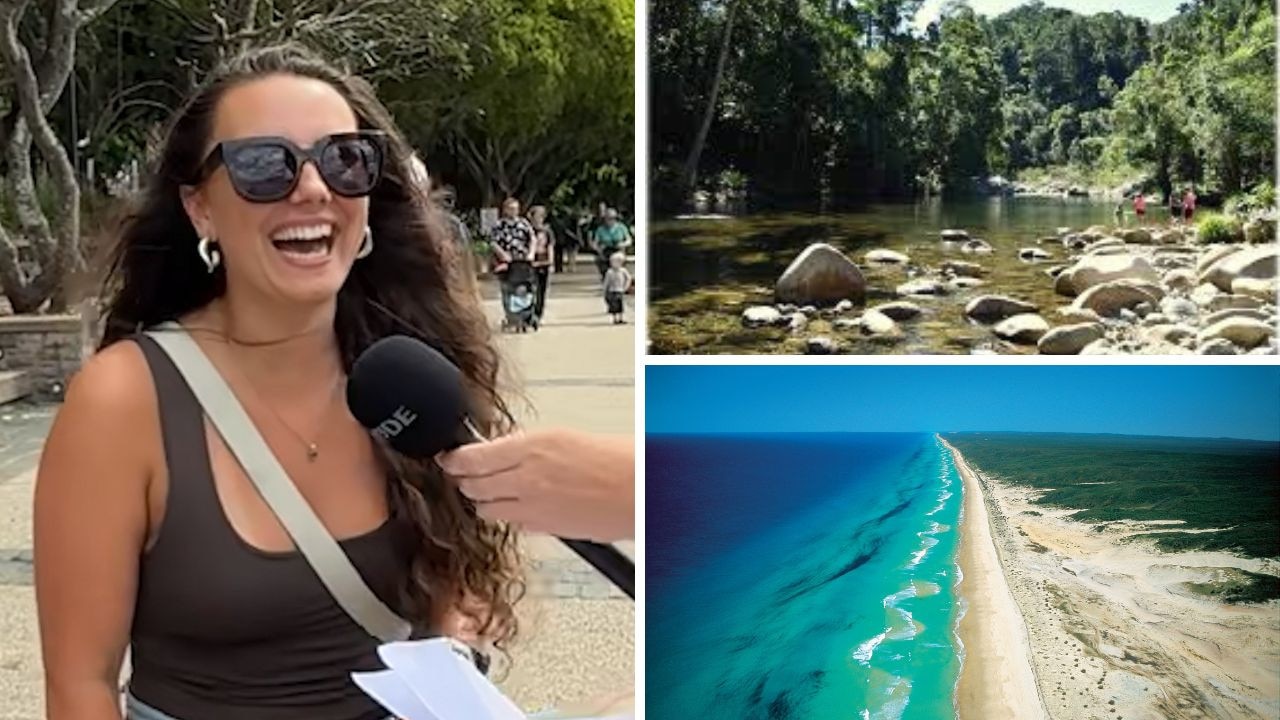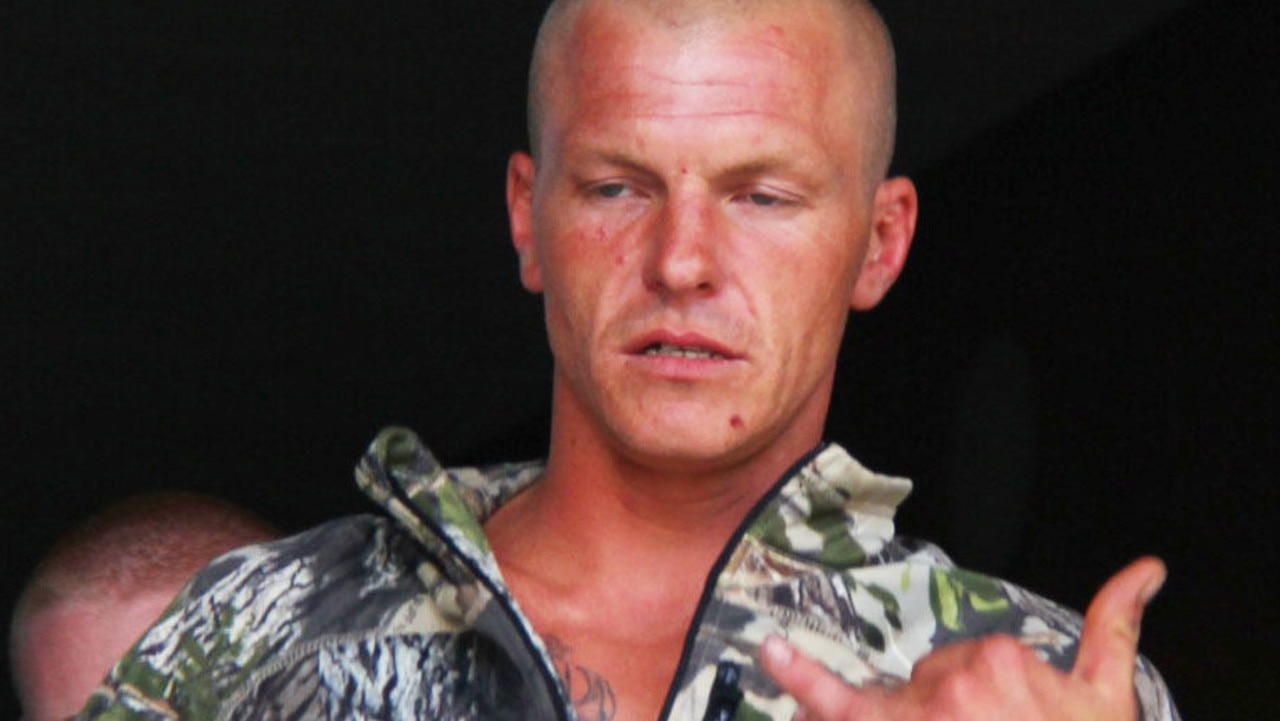Sunshine Coast girl Blair Snelgar donates brain to science after dying of Angelman Syndrome
A grieving family has donated their little girl’s brain to scientific researchers, after her tragic sudden death, in the hopes of saving other families from similar heartbreak.
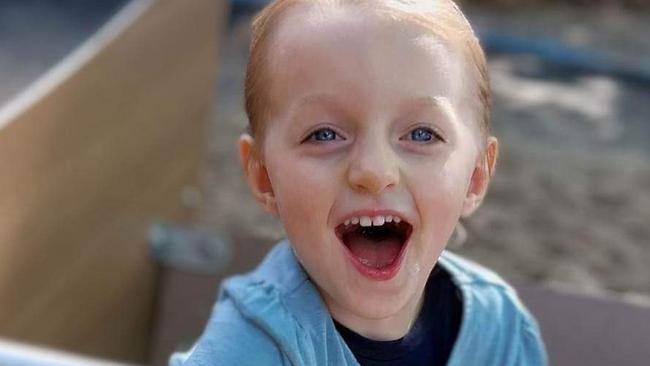
Sunshine Coast
Don't miss out on the headlines from Sunshine Coast. Followed categories will be added to My News.
A beautiful, bubbly, and affectionate girl from the Sunshine Coast who died of a rare genetic disorder has had her brain donated to science to help researchers save the lives of others.
Blair Snelgar, 3, died unexpectedly on April 29, 2023, in her sleep after being diagnosed with Angelman Syndrome as a baby.
Her parents, Emma and Ryan, five-year-old sister Sage, and extended family celebrated what would have been her fourth birthday on Saturday.
Blair’s heartbroken mother said it was an emotionally tough day for the entire family.
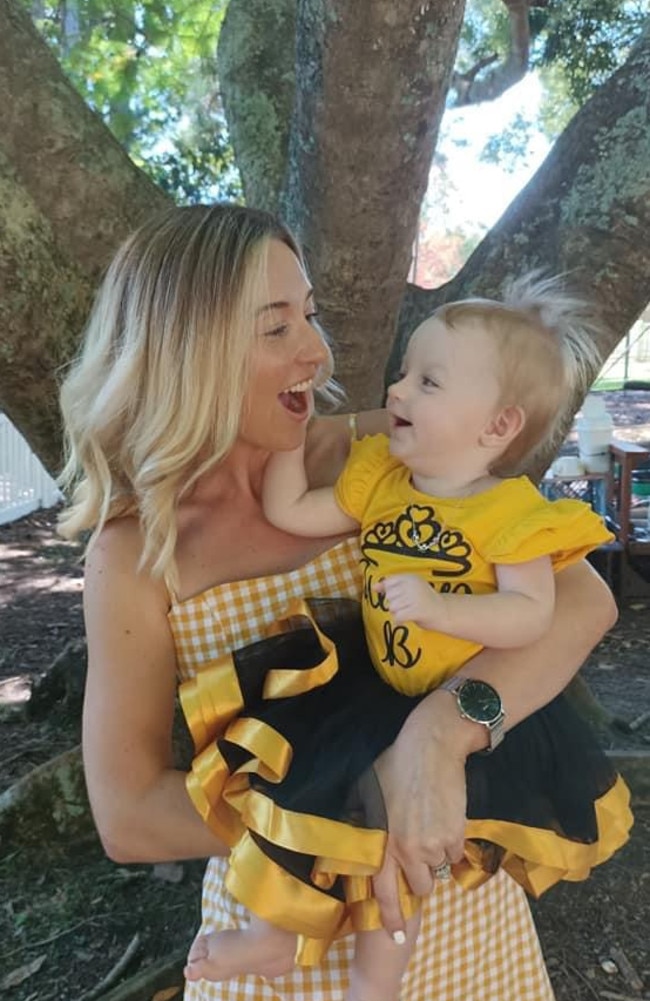
They celebrated the joy and love Blair brought to their lives with a cake and loved ones.
“It was very emotional but we expected that,” Mrs Snelgar said.
“I talk to her everyday still. I have my cup of tea in the morning and have a little chat with her. That’s my routine.
“She’s always with us. We can feel her here.”
Mrs Snelgar said Blair’s death was extremely traumatic for the family.
“There were no warning signs. She wasn’t sick in any way and it came as a huge shock,” she said.
They believed it may have been a seizure but couldn’t be sure.
The genetic disorder, which caused developmental disabilities and nerve-related symptoms, was not known for cutting children’s lives short. Making her death all the more shocking.

Donating their little angel’s brain to science and medical research was a suggestion from the Australian Angelman Association.
“I was in contact with them a lot in the days after Blair’s passing. Once we decided it was what we wanted we found there were some major hurdles,” Mrs Snelgar said.
“It had never been done before for children.
“There was nothing in place to allow it since she was a minor.”
Her parents worked with the Foundation for Angelman Syndrome Therapeutics (FAST) and the Angelman Association in Australia to donate her brain to Angelman Syndrome research in America.
Neuroscience researchers from UC Davis in California will use her brain tissue to better understand Angelman Syndrome and other rare genetic diseases affecting children internationally.
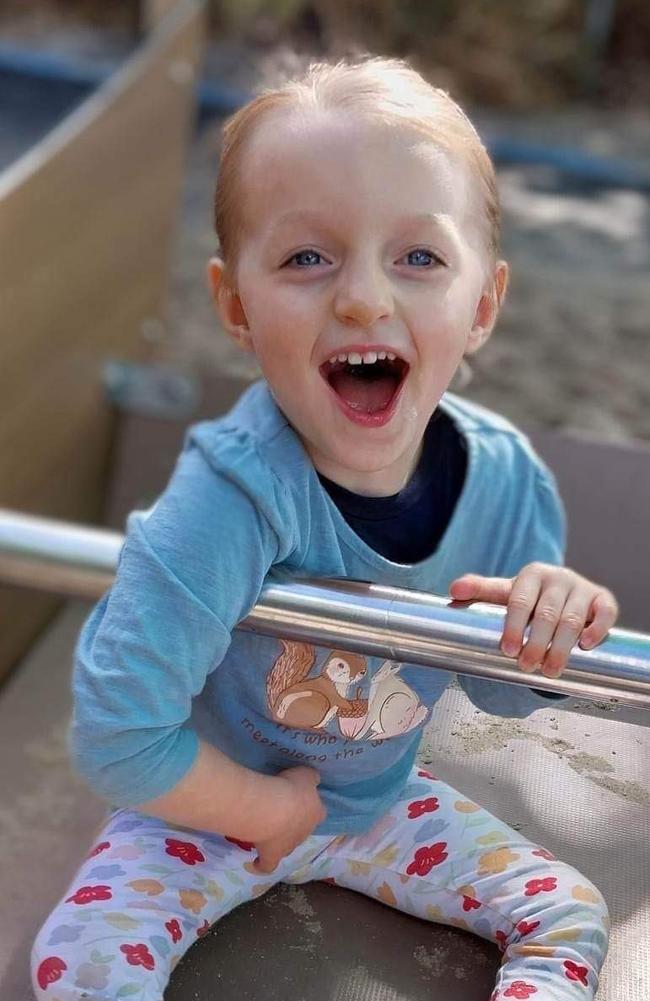
“We also want to formalise this as a process here in Australia,” her mother said.
“We felt like we have no use for it (her brain) and it could potentially create so much information around Angelman Syndrome that could help researchers with potentially finding treatments.
“The possibilities are endless and we will hopefully get some more answers. There’s still so much that we don’t know.
“We want more treatment and support for families like ours.”
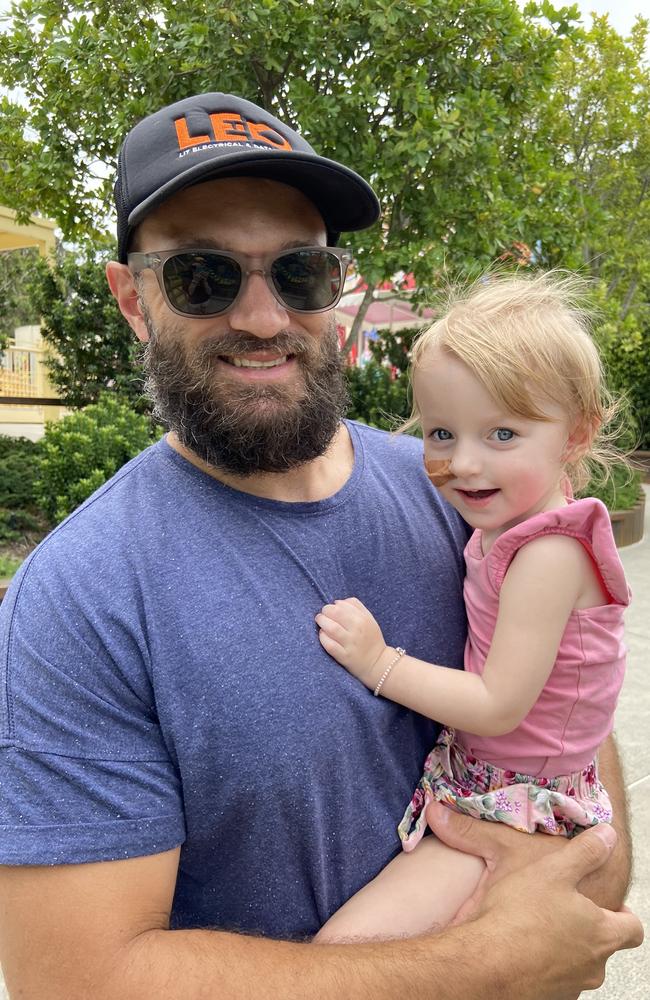
In the lead up to Blair’s birthday, Mr Snelgar worked tirelessly to build an outdoor play area, deck, and fountain for his baby girl.
“It has a water fountain with an angel with wings for her which we call Blair’s fountain,” Mrs Snelgar said.
“A lot of kids with Angelman syndrome have this fascination with water so having an angel water fountain was a perfect fit.
“They also have a really joyful disposition. Blair was extremely happy and giggly and smiley all the time. She was like a little cuddly koala, always attached to my hip and wanted to be held and cuddled by all of the special people in our life.”

Sage and the girls’ cousins and little friends spent Blair’s birthday playing on her new deck.
The girls were closer in spirit than they were in age, with their mother saying although Angelman Syndrome meant Blair couldn’t talk, they shared their own secret language.
“It’s a special area to feel close to her and it really does feel like Blair is playing there with them,” Mrs Snelgar said.
“They were extremely close and little best friends.
“They didn’t fight and had a really beautiful relationship. They played in their own special way and had their own way of communicating, their own secret language.
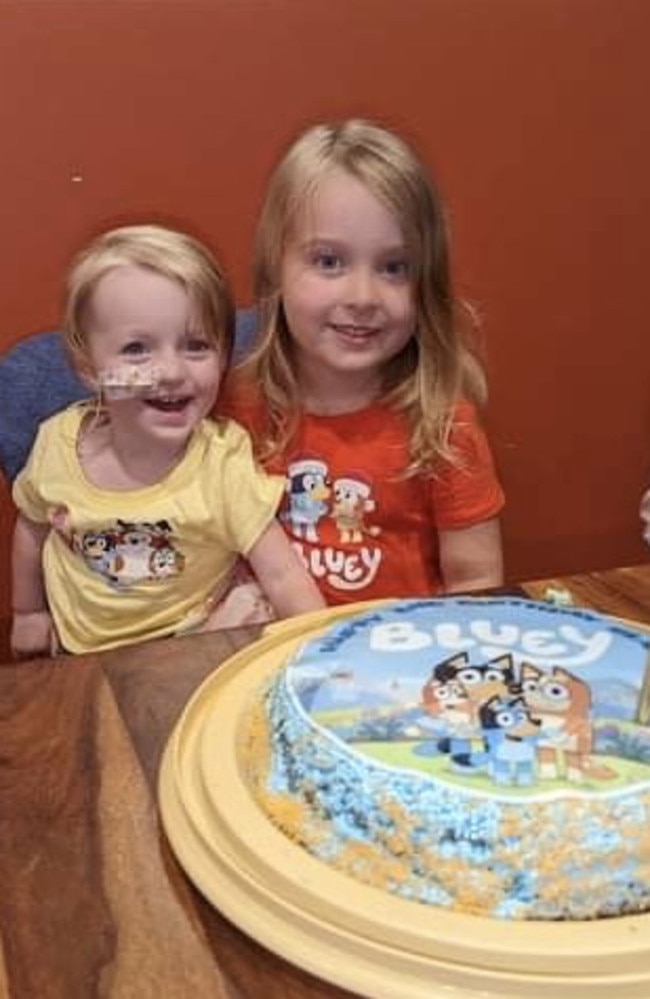
“Sage would often speak on her behalf since Blair couldn’t.”
Nearly a year on and this brave family has no plans to forget about their little angel or her legacy anytime soon.
“She’s still very much a part of our family. We talk about her and to her all of the time,” Mrs Snelgar said.
“When Sage draws pictures it’s of everyone in the family and that includes Blair.
“She didn’t get to experience very much because of her life being cut short. So when we do things and go places we bring Blair along in spirit.
“She will always be with us.”



